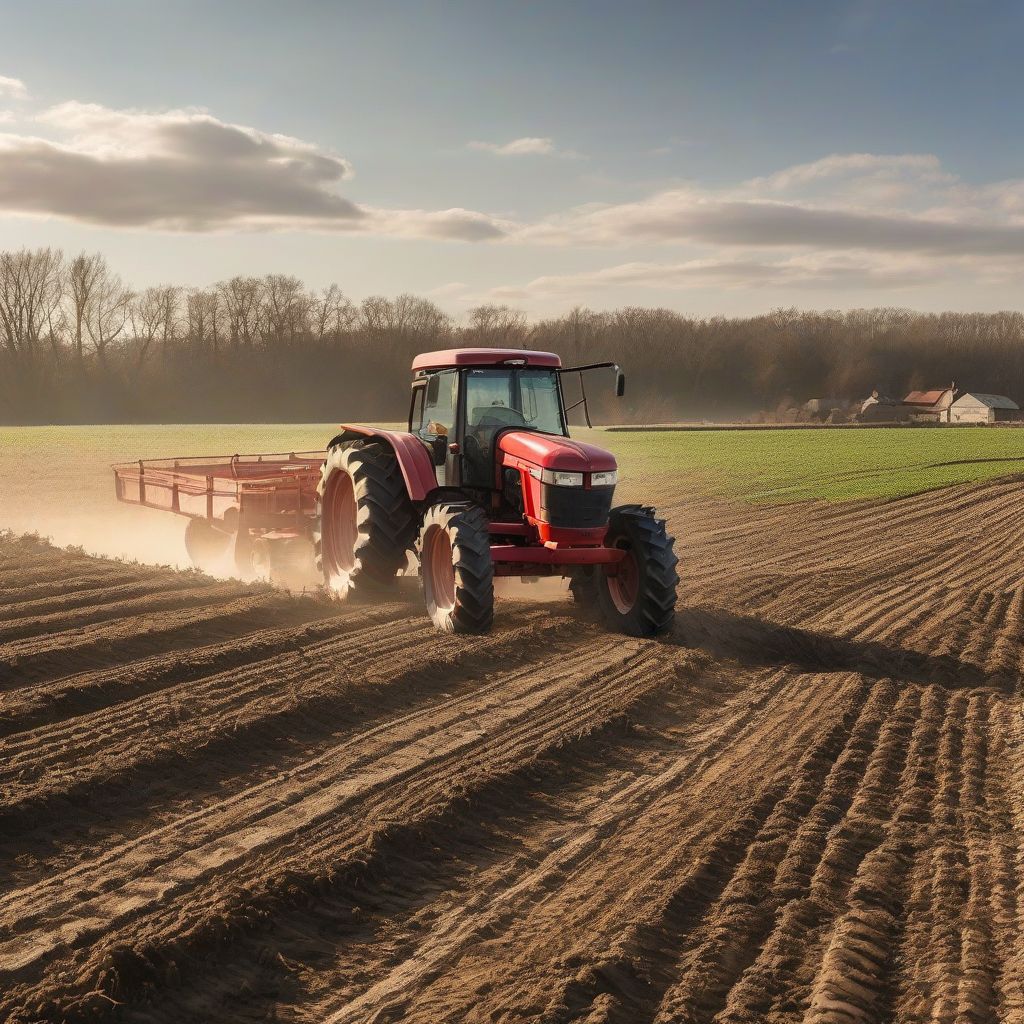Imagine a world where vast fields are tended not by human hands, but by intelligent machines working tirelessly, day and night, to ensure optimal growing conditions and bumper harvests. This isn’t a scene from a futuristic novel, it’s the reality being shaped by autonomous systems in agriculture.
As a nutritionist and meal prep coach, I’m fascinated by the ways technology impacts our food system. The integration of AI, robotics, and advanced sensors is revolutionizing farming practices, and the ripple effects are reaching far beyond the fields, shaping the way we produce, consume, and think about food.
What are Autonomous Systems in Agriculture?
Autonomous systems in agriculture refer to technologies that enable machines to perform tasks without human intervention. They leverage artificial intelligence (AI), machine learning, computer vision, and robotics to operate with a degree of independence.
This can range from:
- Self-driving tractors and harvesters: These machines can navigate fields, plant seeds, apply fertilizers, and harvest crops with minimal human oversight.
- Drones for crop monitoring: Equipped with high-resolution cameras and sensors, drones can monitor crop health, identify pests and diseases, and even apply pesticides with precision.
- Automated irrigation systems: Smart irrigation systems use sensors to monitor soil moisture levels and weather conditions, automatically adjusting water delivery for optimal plant growth and water conservation.
- Robotic weeders and harvesters: These machines use AI and computer vision to identify and remove weeds or selectively harvest ripe fruits and vegetables.
The Driving Forces Behind the Autonomous Revolution
So why is this shift towards automation happening now? Several factors are converging to make autonomous systems increasingly appealing:
1. Labor Shortages: Agriculture is facing a growing labor shortage globally. Autonomous systems offer a solution, reducing reliance on manual labor and ensuring consistent productivity.
2. Efficiency and Productivity: Autonomous machines can operate continuously, maximizing yields by working around the clock and optimizing resource use.
3. Data-Driven Insights: The data collected by these systems provides valuable insights into crop health, soil conditions, and environmental factors, enabling farmers to make informed decisions about planting, irrigation, and pest control.
4. Sustainability: By optimizing resource use and reducing waste, autonomous systems contribute to a more sustainable and environmentally friendly food production system.
 Autonomous Tractor in Field
Autonomous Tractor in Field
Trends Shaping the Future of Farming
The adoption of autonomous systems is still in its early stages, but it’s evolving rapidly. Here are some key trends shaping the future of this exciting field:
1. Increased Integration and Interoperability: We’re seeing greater integration between different autonomous systems, creating a connected ecosystem where machines share data and work together seamlessly.
2. Rise of AI and Machine Learning: AI and machine learning are playing an increasingly vital role in developing more sophisticated and adaptable autonomous systems. This includes things like predictive analytics for disease prevention and optimized harvesting schedules.
3. Focus on Data Security and Privacy: As agricultural data becomes increasingly valuable, ensuring data security and privacy is paramount. Robust cybersecurity measures are crucial for protecting sensitive information.
4. Ethical Considerations and Workforce Impact: The widespread adoption of autonomous systems raises important ethical considerations about job displacement and the need for workforce retraining.
Reaping the Benefits: Impacts of Autonomous Systems
The widespread adoption of autonomous systems is poised to have a transformative impact on the agricultural industry:
1. Increased Food Production: By optimizing farming practices and increasing efficiency, these systems hold the potential to significantly boost food production, addressing global food security concerns.
2. Reduced Environmental Impact: Autonomous systems can minimize water and chemical inputs, reduce greenhouse gas emissions, and promote more sustainable agricultural practices.
3. Improved Food Safety and Traceability: By automating tasks and collecting real-time data, these systems enhance food safety by enabling better traceability and monitoring of food products throughout the supply chain.
4. New Job Opportunities: While some traditional farming jobs may be displaced, the rise of autonomous systems is also creating new opportunities in fields like data analysis, robotics maintenance, and software development.
Embracing the Future of Farming
The integration of autonomous systems in agriculture is not about replacing farmers; it’s about empowering them with advanced tools and technologies to make more informed decisions, improve efficiency, and address the growing challenges facing our food system.
As consumers, it’s important to stay informed about these technological advancements and their potential impact on our food supply. By supporting sustainable and innovative farming practices, we can all contribute to a future where technology and agriculture work hand-in-hand to nourish our growing planet.
[amazon bestseller=”precision agriculture”]
Conclusion: A Bountiful Harvest Awaits
The journey towards a more automated and technologically advanced agricultural landscape has just begun. While challenges remain in terms of adoption costs, regulatory frameworks, and ethical considerations, the potential benefits of autonomous systems are undeniable.
By embracing these innovations, we can cultivate a future where farming is more efficient, sustainable, and resilient, ensuring a plentiful and nutritious food supply for generations to come.
